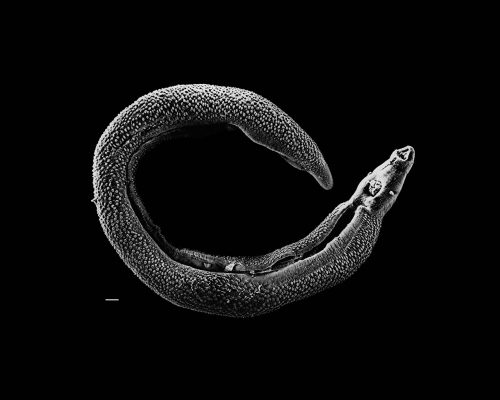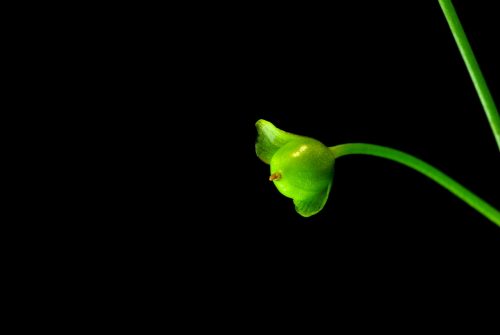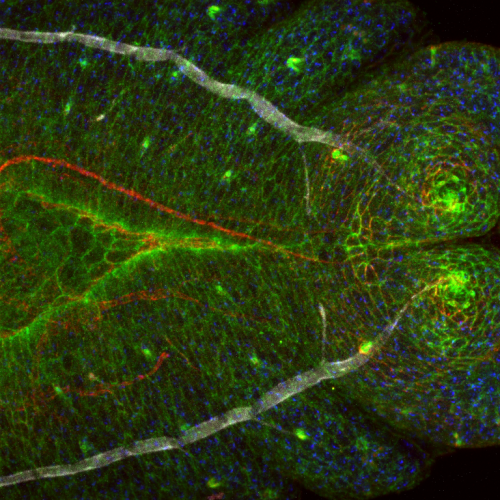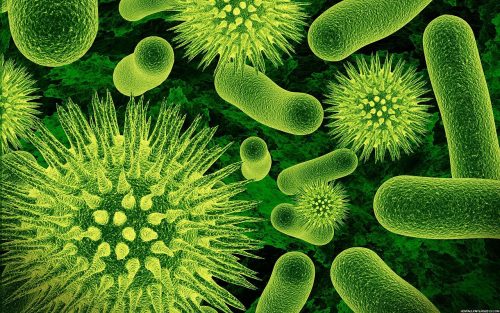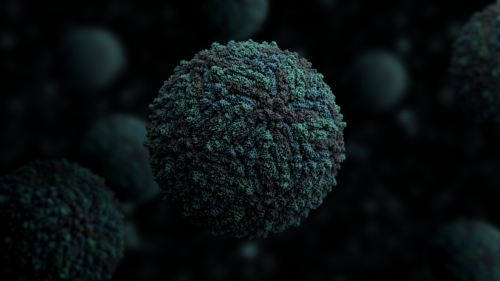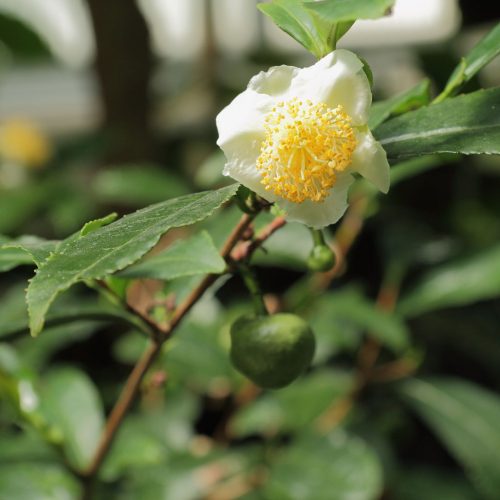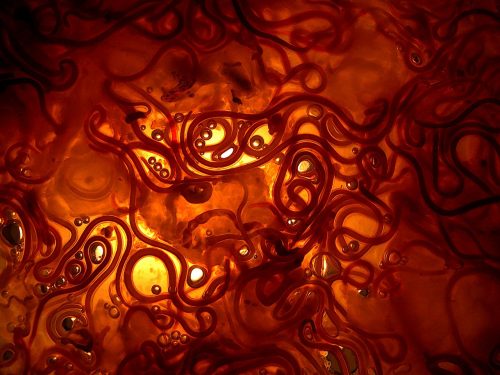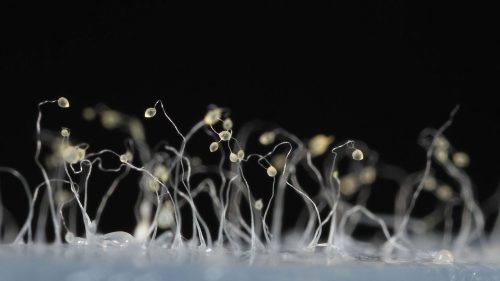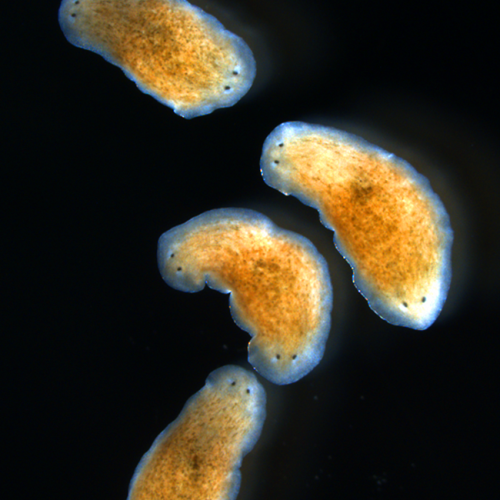
A long-term goal of medicine in the big picture has been developing the field of regenerative medicine in order to work toward growing replacement organs for patients. This process has been decades in the making and, even today, can be finicky at best. Regrowing Everything Though researchers and doctors have begun succeeding more and more […]

